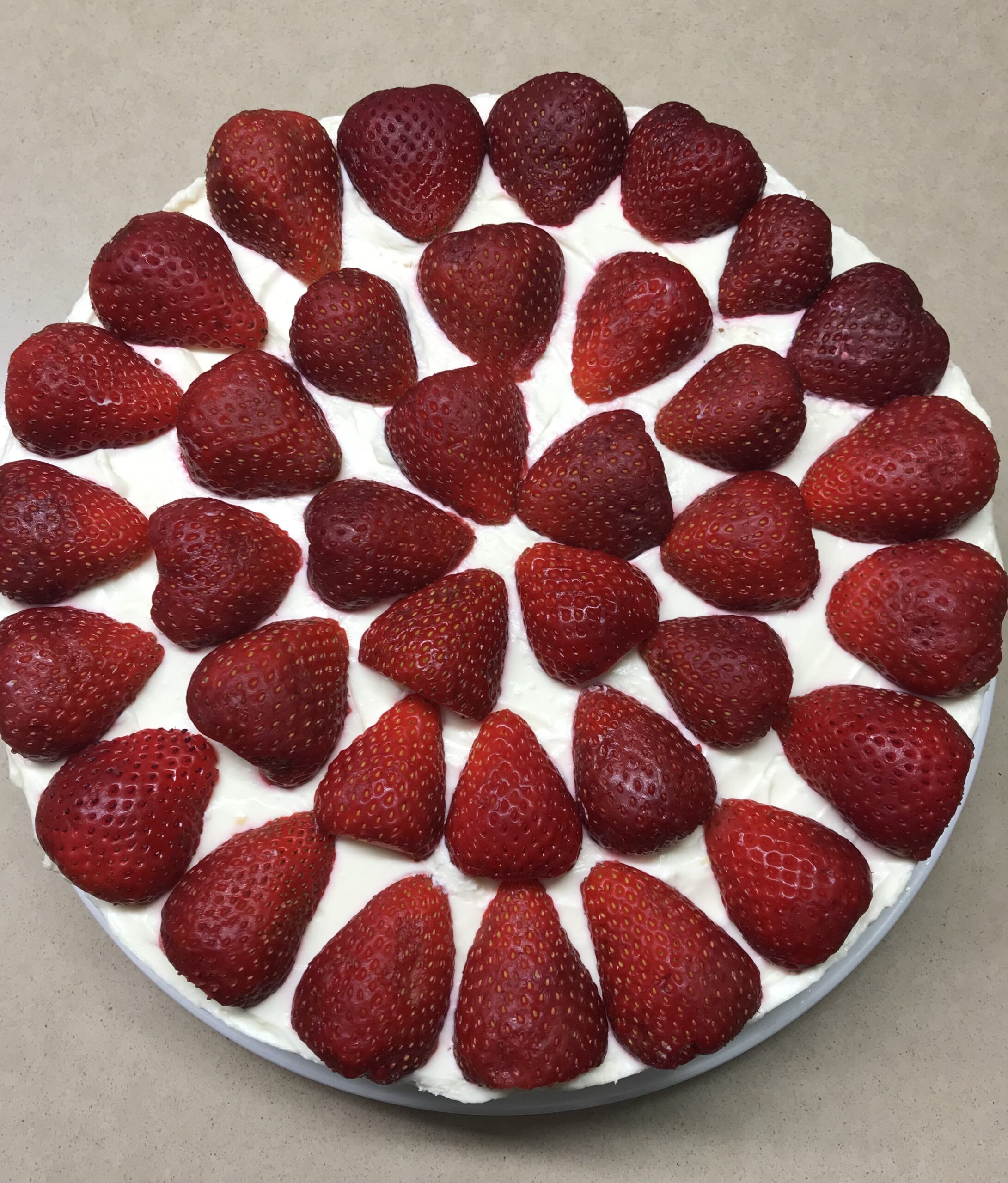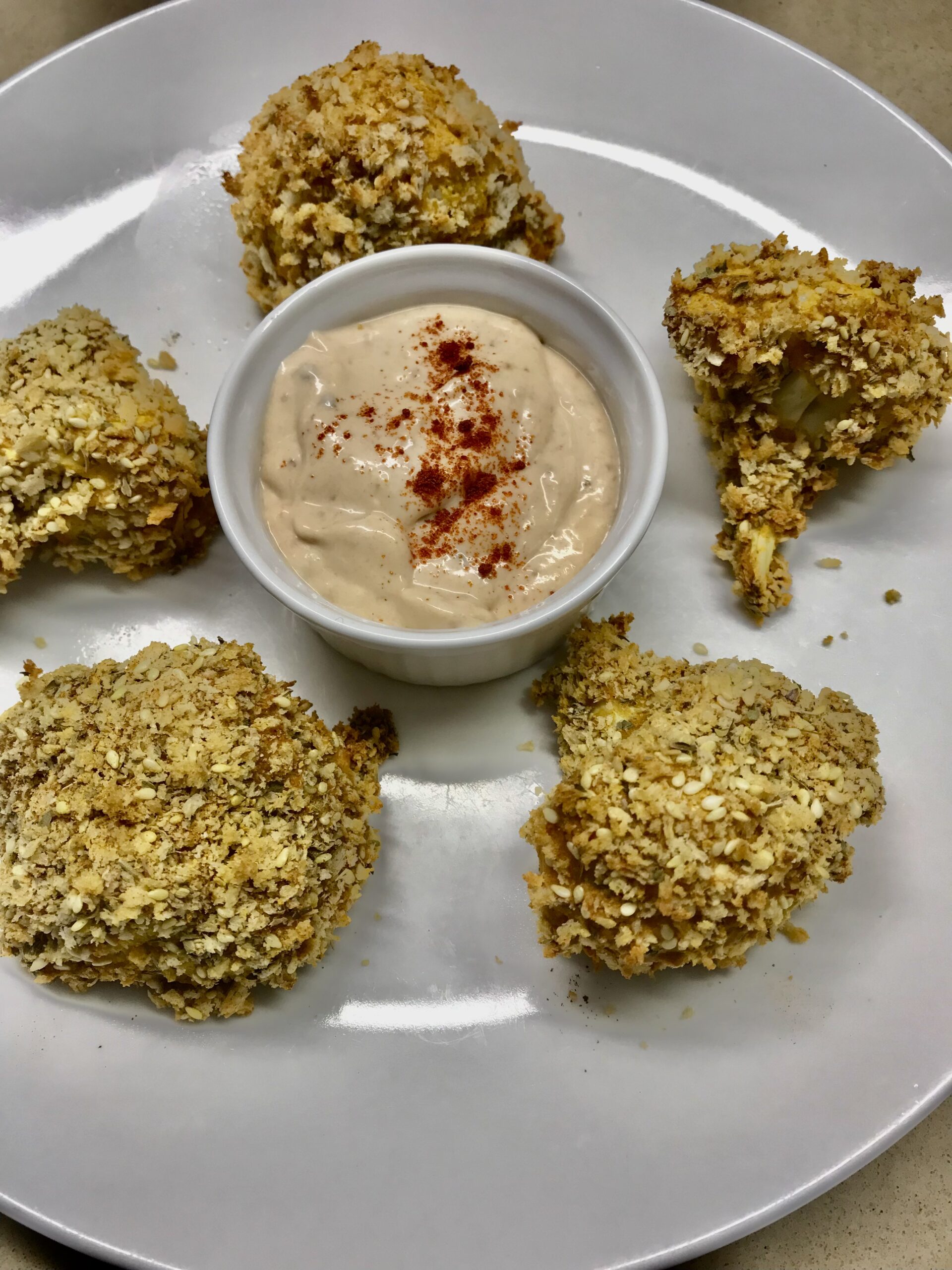When we were posted to Israel we had a cleaning lady who was also called Linda. My Hebrew was pretty basic, but she spoke Italian and I speak Spanish so we communicated in a weird combination of all three. A certain amount was lost in translation, but we managed.
When Linda’s son had his Bar Mitzvah she invited us to the celebration. We got terribly lost on the way and as we pulled up at the address we had been given – a huge building in the centre of town – we were feeling somewhat frazzled. The sound of a big party was wafting down the stairs so we ran up to find a room packed with over 200 guests seated at tables for 10. Linda was nowhere to be seen, so not wanting to make a point of having arrived late we spotted a couple of empty seats in the far corner and sat down. We were onto our second glass of wine and having a jolly time when suddenly the band started to play, everyone stood up and in walked the bride and groom. “Holy Dooley” said Matthew, “wrong party.”
It was impossible to leave without shaking hands with the happy couple as they were blocking the only exit. We left them looking somewhat bemused and no doubt thinking, “Who invited them?” We eventually found our party at the other end of the building.
Linda gave me this easy recipe for a Mediterranean all-in-one fish dish. If you have more mouths to feed, the onions and potatoes “pad it out”, as my mother used to say, but I often leave one or both of them out. If preferred, serve potatoes, rice or Israeli couscous as a side dish.
This recipe makes a quick midweek family dinner and is easy to halve or double. More people to feed? Bigger dish. It’s also great for casual entertaining and looks very colourful when you bring it to the table. I don’t usually measure the ingredients, just do it by eye.

1.5 kg firm white fish fillets
3-4 cloves garlic, crushed
Salt and freshly ground black pepper, to taste
200-300g feta cheese
200-300g olives, stoned (black or green)
12-15 baby onions or 1 large onion cut into 8.
12-15 peeled baby potatoes (optional)
200-250g cherry tomatoes, or sun-dried tomatoes, thickly sliced
½ cup olive oil
½ cup white wine or dry sherry
To serve:
3-4 Tbs chopped parsley, preferably flat-leafed
Extra Virgin Olive Oil (optional)
Preheat oven to 200°C . Cut fish into 2-3 cm chunks, mix with salt, pepper and crushed garlic and spread over a greased shallow baking dish. If using, cook baby onions and potatoes separately in boiling water for about 10 minutes, or until almost cooked then drain. If using a whole onion cut into 8, fry it for a few minutes in a little olive oil, or until softened.
Cut feta into cubes and evenly distribute, tucking them in between the fish to make a pretty picture. Add the olives, tomatoes, onions and, if using, the potatoes. Drizzle with the wine or sherry and then the oil. Recipe can be made ahead to this stage and kept refrigerated for up to a few hours.
Bake for 30 minutes or until fish is cooked. Sprinkle with chopped parsley and drizzle with a little more oil (optional). Serve with a crusty baguette to mop up the juices and a big green salad or some steamed green beans.
Serves 6-8

















